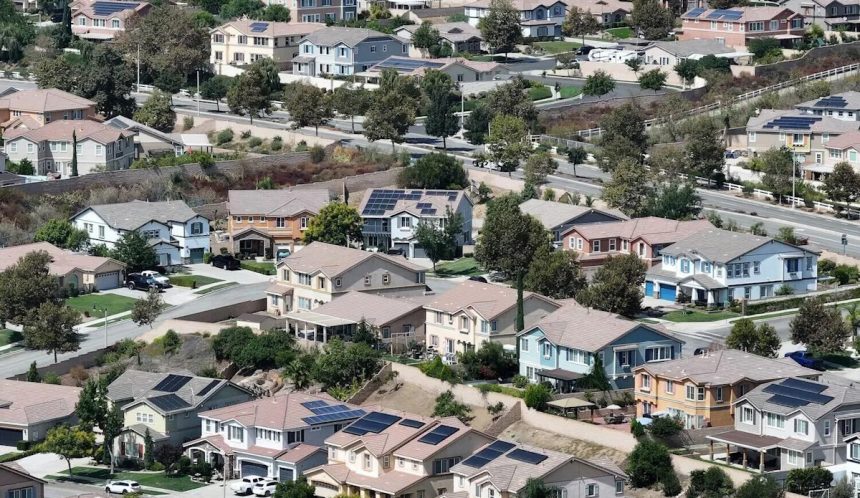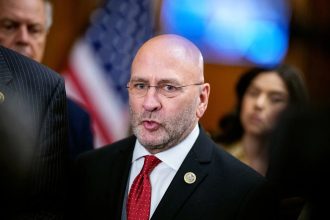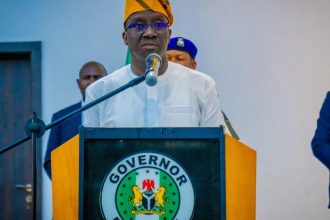California lawmakers managed to pass a slate of bills aimed at controlling the state’s high and rising electricity costs in the final days of the legislative session this month. But the last-minute negotiations left one key money-saving measure on the cutting-room floor — continued funding for what might be the world’s largest virtual power plant.
Now, companies like Sunrun and Tesla that have enrolled tens of thousands of customers in that VPP program don’t know if they can pay them to participate next year, because it’s unclear if any other state funding can be cobbled together. If not, they’ll have to put those customers on hold — and California could lose hundreds of megawatts of cost-effective grid relief.
Lawmakers “are consistently undervaluing what distributed solar and storage can deliver for the system,” said Kate Unger, senior policy advisor for the California Solar and Storage Association, a trade group that supports the program. “We find this to be very shortsighted and frustrating, because DSGS is a cost-saving measure.”
DSGS stands for the Demand Side Grid Support program, which pays utility customers to help relieve costly peaks in electricity demand during extreme events like heat waves. They do this by cutting their own power consumption with devices like smart thermostats or by feeding extra power to the grid from backup batteries that have been charged by rooftop solar. Customers have already installed and paid for those systems, so making use of them is cheaper than building new power plants or grid infrastructure to manage those peaks.
DSGS has grown quickly since its 2022 launch to more than 1 gigawatt of grid-relief capacity, Unger said, about 700 megawatts of that from batteries in homes and businesses, which can be deployed rapidly. That’s much bigger than other similar programs in the state.
Backers say that’s because DSGS, which is administered by the California Energy Commission, is far less onerous for participants than VPP programs run by the state’s utilities.
It’s also more cost-effective, according to an August analysis from consultancy The Brattle Group. That report, which was commissioned by Sunrun and Tesla, found that solar-charged batteries in DSGS could deliver between tens of millions and hundreds of millions of dollars in net savings to all California utility customers over the next four years. Those projected savings are predicated on the program nearly doubling its current capacity, which is a credible goal given that California residents are adding backup batteries in increasing numbers.
But instead of expanding its funding to achieve that growth, state lawmakers cut it this year in the face of budget shortfalls, just like they did last year. A provision that lawmakers inserted in August into a bill reauthorizing the state’s greenhouse-gas cap-and-trade program would have provided DSGS with a stable funding stream into the middle of next decade, but it was stripped from the bill that emerged from closed-door negotiations between Gov. Gavin Newsom (D) and legislative leaders days before it was passed. That leaves DSGS with a dwindling pool of previously committed funding that is very likely to be depleted this year.
The remaining budget currently stands at about $64 million, according to the program administrator. DSGS would need at least $75 million more to continue operating in 2026, according to a letter sent to California lawmakers in August by dozens of companies, trade groups, and advocacy organizations.
DSGS backers are hoping the program might be able to secure a slice of the $1 billion in reserves to be disbursed annually from the state’s newly reauthorized cap-and-trade program. But Unger warned that competition for that money will be fierce — and lawmakers won’t make decisions on that spending until next year.
Without new funding, companies that have been active in DSGS will likely have to tell their customers they won’t be able to participate in 2026, said Brad Heavner, executive director of the California Solar and Storage Association. “How do you put your customers in a program if you don’t know they’ll get paid?”
Why DSGS is better than California’s other VPPs
The failure to fund DSGS is particularly frustrating, Heavner said, because it’s the rare example of a successful virtual-power-plant program in the state. Though California has ostensibly prioritized VPPs, it has little else to show for its efforts.
For more than a decade, the state has required its major utilities to incorporate rooftop solar systems, backup batteries, smart thermostats, and other distributed energy resources (DERs) into their grid operations and planning. But utilities have done very little to actually tap these devices beyond launching pilot projects (and terminating many of them), even as the number of DERs in the state has grown dramatically. A June progress report from the California Energy Commission found the state has barely expanded its demand-side capacity over the past two years, and remains far from hitting its goal of 7 gigawatts by 2030.
“California is really excellent at deploying DERs, but really lags in DER utilization,” said Gabriela Olmedo, regulatory affairs specialist at EnergyHub, a company that manages demand-side resources and virtual power plants in the U.S. and Canada. Many of those programs have grown to play a significant role in reducing stress on utility grids during peak demand, she said, including a large-scale initiative in neighboring Arizona. But California’s “fractured, overlapping, and confusing load-flexibility programs really preclude scale,” she said.
DSGS, one of many programs created in response to California’s grid emergencies in 2020 and 2022, has broken that pattern, said Ben Hertz-Shargel, global head of grid-edge research for analytics firm Wood Mackenzie and lead author of a recently released report on virtual power plants. In particular, DSGS has avoided the types of problems that have limited customer participation in other VPP programs, he said.
First, under DSGS, customers can be paid for sending power to the grid from their home batteries that have been charged up by rooftop solar, he said. Most other VPPs in California only allow homes to reduce their consumption from the grid to zero, not to send power back to the grid. That’s a legacy of these programs’ genesis as traditional demand-response offerings that reward customers for reducing power use.
DSGS is also superior to the Emergency Load Reduction Program (ELRP), the other large-scale VPP program created as a response to California’s grid emergencies, Heavner said. One of the biggest differences is that ELRP is triggered only during specified grid alerts, warnings, or emergency declarations by the California Independent System Operator, which manages the state’s energy markets. Those emergencies are relatively rare, so participants are idle most of the time.
DSGS, by contrast, is triggered whenever wholesale prices on the state’s transmission grid exceed a threshold of $200 per megawatt-hour, so it plays a more active role in suppressing the price spikes that drive up costs for utilities and customers, Heavner said.
DSGS is also open to customers of all utilities in the state, unlike ELRP and most of the state’s other VPP programs, which are managed separately by each of California’s three large investor-owned utilities. Companies that have participated in both sets of programs say it’s easier to sign up customers and get them paid promptly under DSGS than under utility-managed efforts.
Killing California’s most promising VPP right as it’s getting big
A set of laws passed this year instructs state regulators to develop new VPP plans and programs, which could augment the current limited options. But “it will take years to establish that,” Heavner said. Meanwhile, “companies that have invested in dynamic grid response are left holding the bag right now.”
California may miss out on big money-saving opportunities as a result, he said. A 2024 analysis from The Brattle Group found that VPPs could shave more than 15% of the state’s peak demand by 2035, saving utility customers about $550 million each year.
The loss of funding for DSGS is particularly galling given the scale it has achieved, Heavner said. In a July test of the DSGS and ELRP programs, California’s three major utilities were able to dispatch about 540 megawatts of power from Sunrun and Tesla batteries, in what utility Pacific Gas & Electric described as “the largest test of its kind ever done in California — and maybe the world.”
Most of those batteries were enrolled in the DSGS program. Sunrun batteries alone accounted for at least 360 megawatts of capacity. As Sunrun CEO Mary Powell pointed out in a LinkedIn post, that’s more capacity than many of the state’s fossil-gas power plants provide.
Sunrun had enrolled more than 56,000 customers with solar-battery systems to participate in California VPP programs as of May, the majority of them in DSGS. The company offered participants up to $150 per battery enrolled in the 2025 season.
“We are concerned that California is walking away from its leadership position running the largest and most successful distributed power plant in the country,” Lauren Nevitt, Sunrun’s senior public policy director, told Canary Media.









